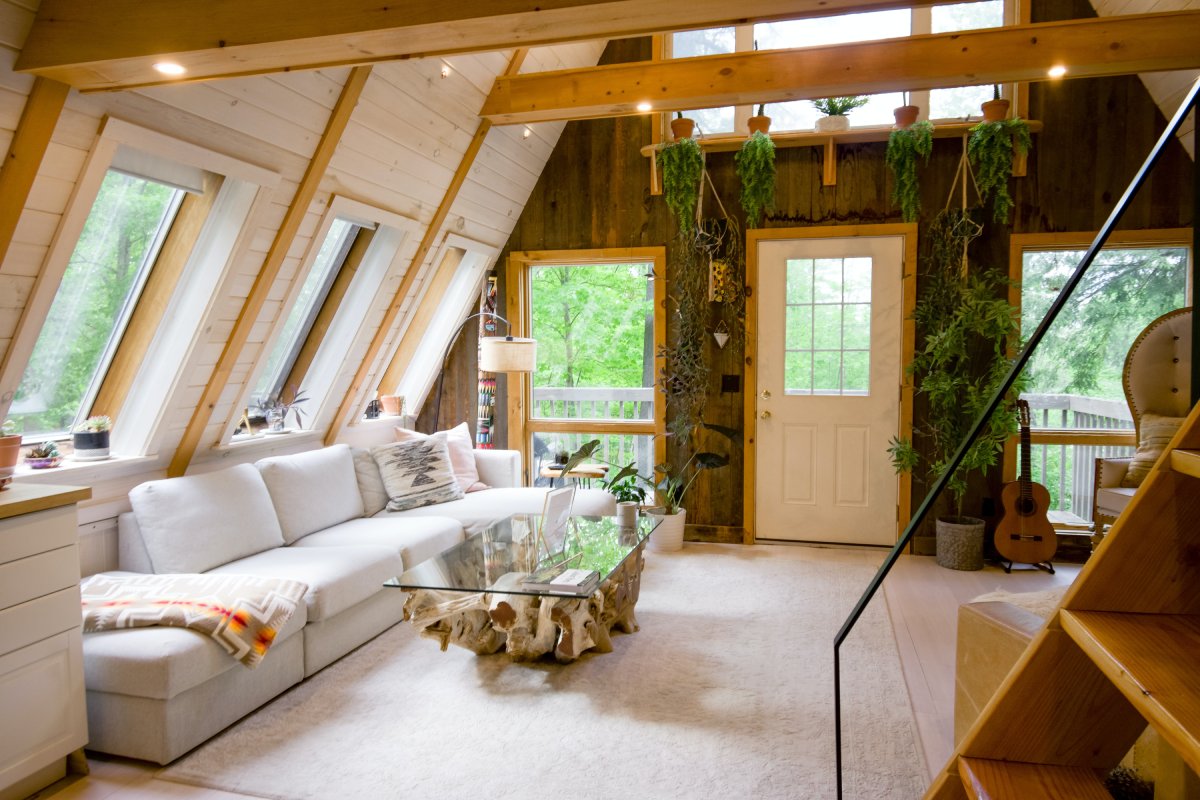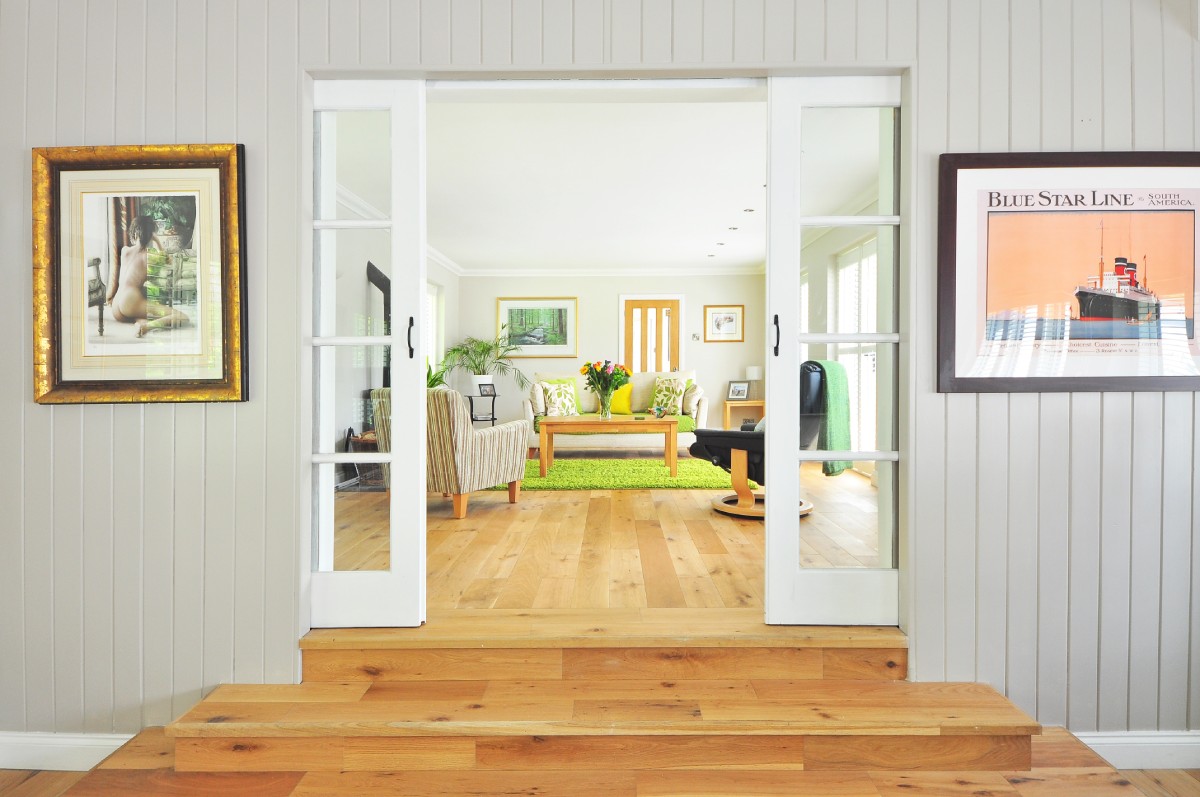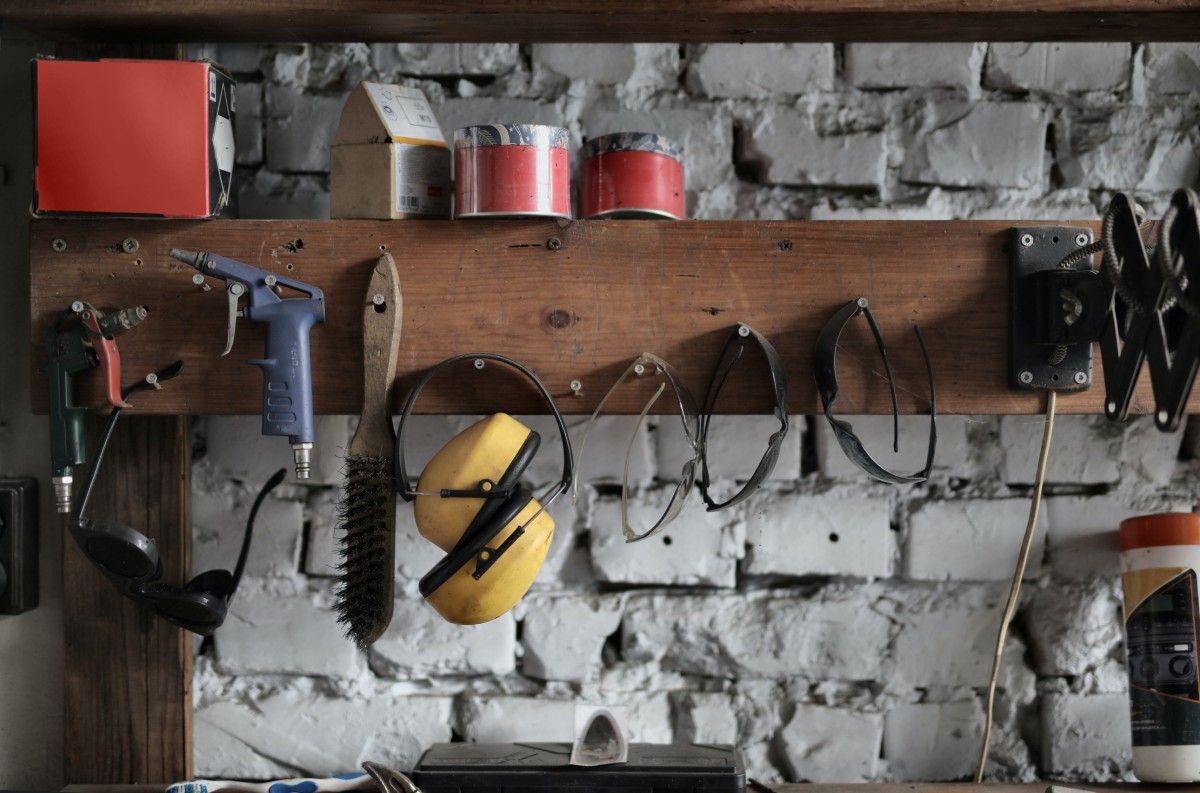Introduction
Today, we live in an era where resource conservation and energy efficiency are not just catchphrases but necessities. As global energy consumption continues to rise, there’s mounting pressure to create homes that provide comfort and functionality and respect and conserve our environment.
Understanding Energy Efficiency
‘Energy efficiency’ refers to using less energy to perform the same task. This might mean using an LED bulb instead of an incandescent one to light your room or a fuel-efficient car from point A to point B. With energy-efficient practices, you achieve the same results with less energy, resulting in fewer greenhouse gas emissions and less impact on our planet.
Why Energy Efficiency Matters in Home Design
When applied to home design, energy efficiency takes on a new level of importance. Our homes consume a significant portion of energy - for heating, cooling, lighting, and running various appliances. By embracing energy efficiency in our homes, we can drastically reduce our energy consumption, lower our energy bills, reduce our carbon footprint, and create a more sustainable future.
Brief Overview of Energy-Efficient Windows and Insulation
Energy-efficient windows and insulation are critical to a home’s overall energy efficiency. These components work together to reduce the heat that enters or leaves your home, reducing the need for artificial heating or cooling.
Energy-efficient windows are designed to prevent heated or cooled air from escaping your home. Their features may include double glazing, special coatings, and improved frame materials.
Insulation, on the other hand, is all about trapping that desirable temperature air in your home. Good insulation will keep your house warm during the winter by reducing the heat that escapes and cool during the summer by decreasing the heat that enters.
In the upcoming sections, we delve deeper into the science behind these components, their benefits, and considerations for installation. Our journey towards creating a more energy-efficient and comfortable living environment begins with understanding the importance of these elements.
The Science Behind Energy-Efficient Windows
The windows in your home are more than just portals to the outside world. They also play a key role in maintaining your home’s indoor temperature. Understanding the science behind energy-efficient windows is the first step towards reaping their benefits.

How Energy-Efficient Windows Work
Energy-efficient windows, often called thermal windows, are designed to prevent your home’s heated or cooled air from escaping outdoors. They achieve this feat through several means, such as using multiple layers of glass, special coatings that reflect heat, and gases between the layers of glass that provide additional insulation. The result is a window that keeps your home’s interior temperature steady, reducing the need for heating and cooling systems to work overtime.
Different Types of Energy-Efficient Windows
There’s a variety of energy-efficient windows available, and they all offer unique benefits:
-
Double-glazed windows: These are the most common energy-efficient windows. They consist of two panes of glass with a space between them, which can be filled with air or an insulating gas like argon.
-
Triple-glazed windows: As the name implies, these windows have three layers of glass, offering even better insulation than double-glazed ones. They’re especially useful in colder climates.
-
Low-E windows: These windows are coated with a thin, metallic layer that reflects heat into the home during winter and away from home in summer.
Each of these types has its strengths, and the choice depends on the specific needs of your home and location.
Energy Star Ratings for Windows
When choosing energy-efficient windows, look out for the ENERGY STAR label. This is an internationally recognized symbol for energy efficiency, created to help consumers identify energy-efficient products.
Windows that bear the ENERGY STAR label have been independently tested and certified to meet strict guidelines set by the U.S. Environmental Protection Agency (EPA). These windows are significantly more efficient than those in the standard market, and investing in them ensures you’re truly getting a product designed to reduce energy consumption.
In the next sections, we’ll delve deeper into the benefits of energy-efficient windows, their cost-effectiveness, and their role in creating a more sustainable home.
The Benefits of Energy-Efficient Windows
When investing in home upgrades, energy-efficient windows make a substantial difference. They don’t just improve your home’s energy consumption— they offer several key benefits that enhance your living experience and contribute to a healthier planet.

Lower Energy Bills
One of the main benefits of energy-efficient windows is their ability to reduce energy costs. With better insulation comes less need for heating and cooling systems to work continuously. By keeping the heat out during summer and during winter, these windows help maintain a consistent indoor temperature. Consequently, your air conditioning or heating system uses less energy, which translates to lower monthly bills. Over time, the cost savings can be significant enough to offset the initial investment in these windows.
Enhanced Comfort
Energy-efficient windows don’t just lower costs; they make your home more comfortable. Minimizing heat transfer keeps your home’s temperature more consistent, reducing cold drafts in winter and heat intrusion in summer. Additionally, many energy-efficient windows have a special coating that can block out excessive sunlight, protecting your furniture from UV damage and reducing glare. Some even have soundproofing benefits, making your home quieter and more peaceful.
Environmental Impact
Lastly, and perhaps most importantly, using energy-efficient windows can dramatically reduce your home’s carbon footprint. Less energy consumption means less burning of fossil fuels, leading to a reduction in greenhouse gas emissions. Given the increasing importance of mitigating climate change, any action we can take to reduce our carbon emissions is a step in the right direction.
In addition to these benefits, energy-efficient windows also improve the overall value of your home, making them an excellent investment for any homeowner. In the next sections, we’ll explore how insulation plays a similar role in your home’s energy efficiency, along with the benefits it brings.
Costs and Considerations for Installing Energy-Efficient Windows
While energy-efficient windows present undeniable benefits, it’s important to consider the costs and other factors associated with their installation. Understanding these can help you make informed decisions that maximize your home’s energy efficiency and the return on your investment.
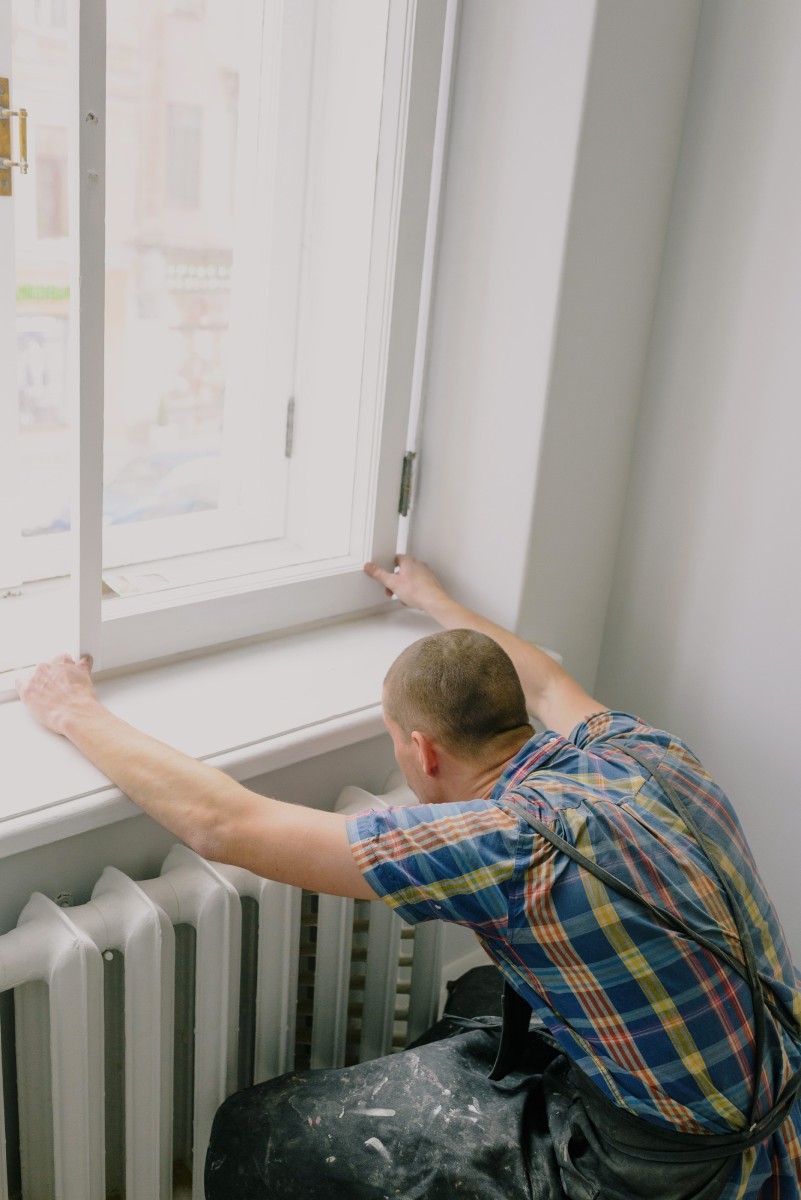
Initial Costs versus Long-Term Savings
Energy-efficient windows may require a higher initial investment than traditional windows. This cost, however, should be evaluated in light of the long-term savings these windows provide. These windows often pay for themselves over their lifespan by reducing energy costs. Therefore, consider your budget and the estimated energy savings to assess if the investment is worthwhile.
Choosing the Right Windows for Your Climate
Not all energy-efficient windows are created equal. The type and design that will work best for your home largely depend on your local climate. For instance, if you live in a colder area, windows with a lower U-factor, which measures heat loss, may be ideal. On the other hand, in hot, sunny climates, windows with a low solar heat gain coefficient (SHGC) are better suited.
Installation Considerations
Proper installation is vital to ensure your energy-efficient windows perform as they should. Even the best windows won’t be effective if not installed correctly. Look for professional installers with a strong track record of installing energy-efficient windows. Also, remember that window replacements can be disruptive. Plan for a bit of inconvenience during the installation process.
Furthermore, it’s also worth considering your home’s architectural style and aesthetics when choosing energy-efficient windows. Various designs and styles can enhance your home’s appearance while providing energy-saving benefits.
In summary, while energy-efficient windows require an initial investment, the long-term savings, added comfort and environmental benefits make it a smart choice. In the next section, we’ll explore the world of insulation and how it complements the performance of your energy-efficient windows.
The Science Behind Insulation
A well-insulated home is the cornerstone of energy efficiency. Let’s dive into the science behind insulation, its various types, and why understanding R-values is crucial for energy-conscious homeowners.
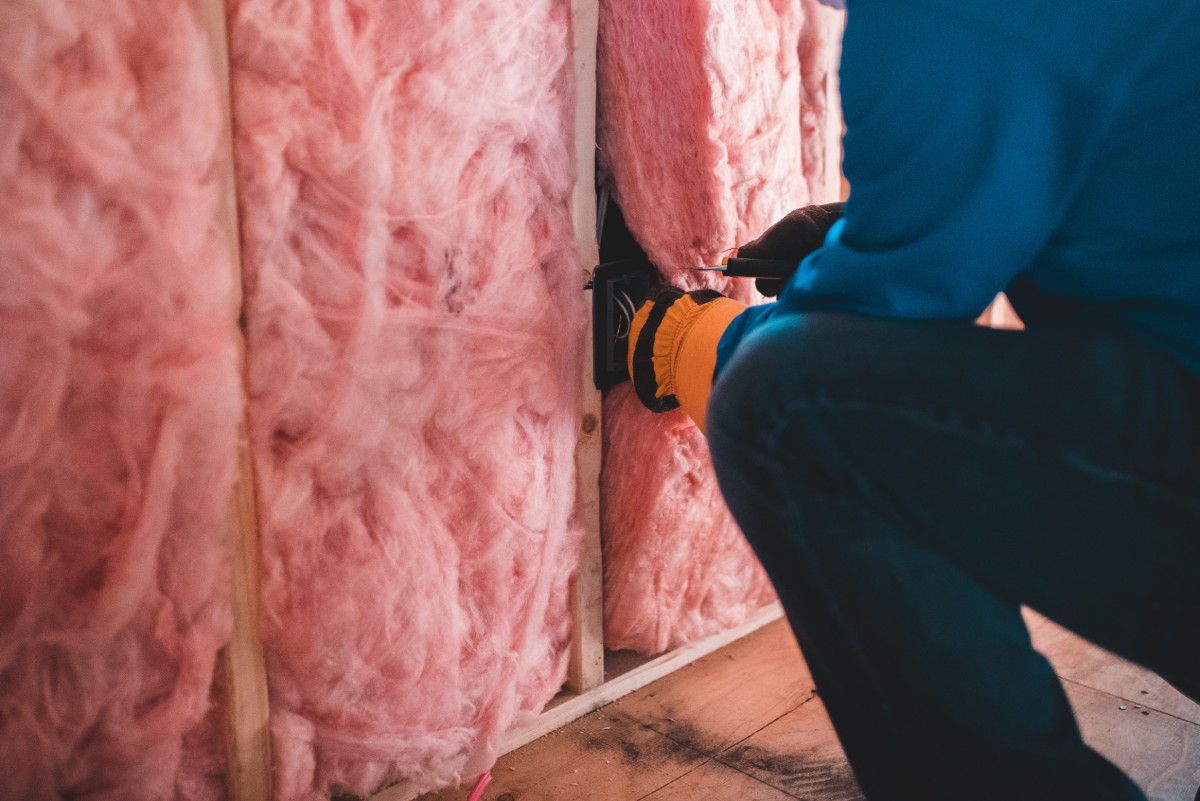
What Is Insulation and How Does It Work
Insulation is a material that reduces the rate of heat transfer, keeping your home warmer in the winter and cooler in the summer. This thermal resistance helps maintain a comfortable indoor temperature. It minimizes the need for artificial heating or cooling, thus saving energy. Insulation works by trapping small pockets of air within its structure. This stagnant air acts as a barrier, reducing heat flow between the interior and exterior of your home.
Different Types of Insulation
There are various types of insulation to consider, each with its pros and cons. These include blanket insulation (batts and rolls), loose-fill and blown-in, foam board or rigid foam panels, and sprayed foam insulation. Batts and rolls are often used in new construction, while loose fill is perfect for retrofitting old homes. Foam board provides high insulation levels with less thickness and is ideal for exterior wall sheathing. Sprayed foam offers superior sealing capability and is commonly used for gaps and hard-to-reach areas.
R-Values and Their Importance
The effectiveness of insulation is measured by its R-value, which indicates its resistance to heat flow. The higher the R-value, the better the material insulates. The recommended R-value for a particular insulation application varies by climate, heating, cooling system type, and home area. For example, attics usually require higher R-value insulation than walls.
Understanding R-values helps homeowners choose the best insulation materials for their needs. Moreover, properly installed insulation of the correct R-value can significantly reduce your energy bills and enhance indoor comfort.
In conclusion, insulation plays a significant role in enhancing your home’s energy efficiency. Like energy-efficient windows, it reduces energy costs, increases comfort, and reduces environmental impact. In the next sections, we will delve into the benefits of insulation, the costs and considerations for its installation, and how the combination of energy-efficient windows and insulation provides a holistic approach to energy-efficient home design.
The Benefits of Proper Insulation
Proper insulation delivers an array of benefits that go beyond energy efficiency. It’s not just about the financial savings — effective insulation enhances comfort, reduces noise, and provides health benefits, all while diminishing environmental impact.
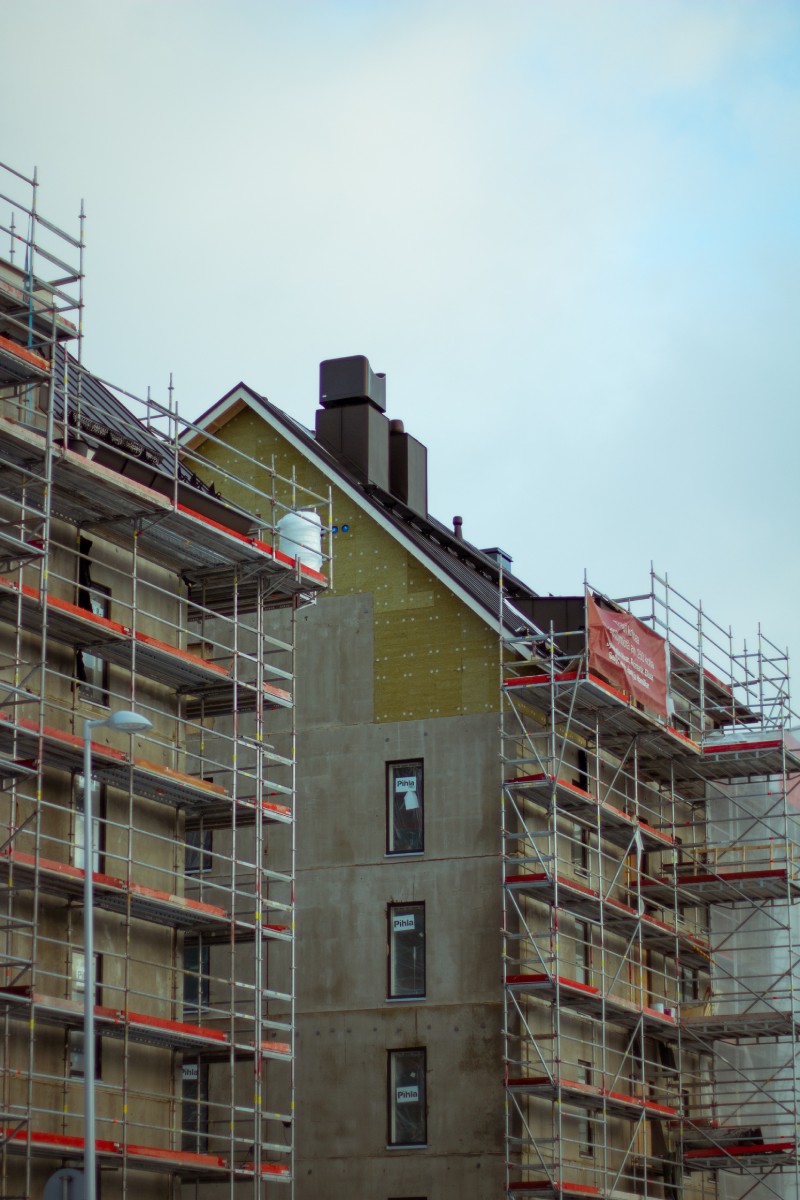
Energy Savings
The primary purpose of insulation is to limit the transfer of heat, and by doing so, it dramatically reduces the energy used for heating and cooling. According to the U.S. Department of Energy, homeowners can save up to 15% on heating and cooling costs by properly insulating their homes. That translates to considerable savings over the lifetime of a home, offsetting the initial investment in insulation.
Improved Comfort and Noise Reduction
A well-insulated home maintains a consistent temperature and creates a quieter indoor environment. Insulation serves as a sound barrier, minimizing the intrusion of outside noise and making your home more peaceful. Additionally, by preventing drafts and reducing temperature fluctuations, insulation significantly enhances the overall comfort of your living spaces.
Health Benefits and Environmental Impact
There are significant health benefits linked to living in a well-insulated home. For instance, insulation helps prevent mold growth by reducing condensation and improving indoor air quality. Moreover, proper insulation significantly lessens greenhouse gas emissions by reducing the need for energy-intensive heating and cooling systems, contributing to a healthier planet.
In summary, insulation offers an array of benefits that go beyond just energy savings. It contributes to a more comfortable, quiet, healthy living environment and significantly impacts our planet. The value of investing in quality insulation cannot be overstated, and homeowners would do well to prioritize this aspect when planning their energy-efficient home design. In the following sections, we’ll delve into the costs and considerations for installing insulation and how integrating energy-efficient windows and insulation leads to a comprehensive approach to energy efficiency.
Costs and Considerations for Installing Insulation
While proper insulation offers many benefits, homeowners must weigh those against the initial investment and other considerations. By taking a more in-depth look at the cost factors, the selection process, and installation best practices, we can better understand how insulation fits into a holistic energy efficiency strategy.
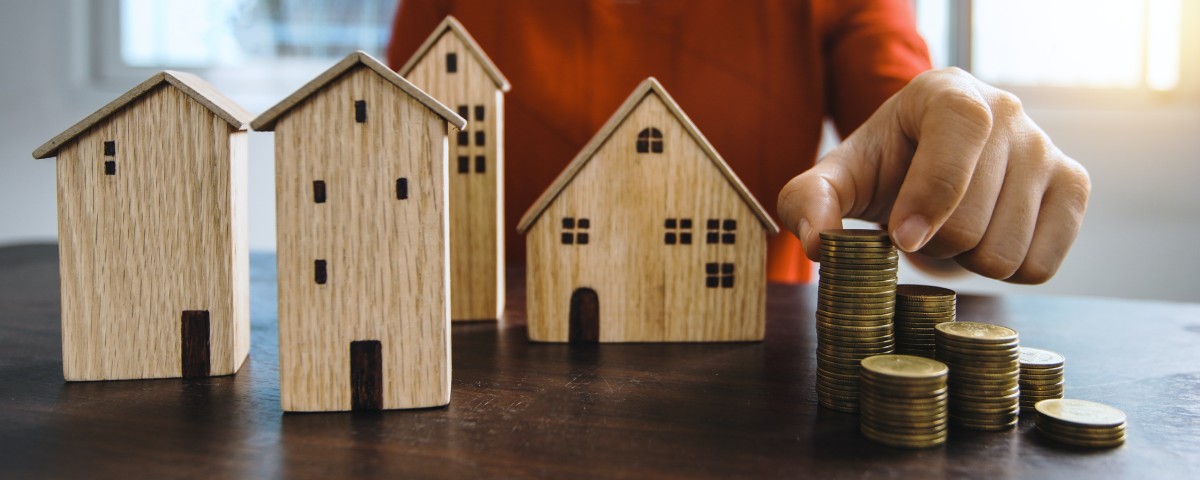
Initial Investment versus Long-Term Savings
The initial investment for insulation varies widely based on the type of insulation, the size of your home, and labor costs in your area. While it might seem like a significant upfront expense, viewing insulation as a long-term investment is essential. According to the Energy Star program, most homeowners can expect to recoup the insulation cost through lower utility bills within five to ten years.
Choosing the Right Insulation for Your Home
Not all insulation is created equal. Different materials offer varying thermal resistance (R-values); some are better suited for specific climates or home designs. It’s crucial to research or consult a professional to choose the right insulation for your home. Factors such as your local climate, the age of your home, and your specific energy-saving goals will all play a role in this decision.
Installation Best Practices
Installing insulation properly is key to its effectiveness. Poor installation can result in gaps, compressions, or misalignments that significantly reduce the insulation’s performance. While DIY installation is possible, it might be worth considering a professional service to ensure the job is done correctly. Also, remember that safety comes first. Always wear protective gear, like a mask, gloves, and long sleeves, and be mindful of hazards like electrical wires or recessed lighting.
In conclusion, while insulation requires an upfront investment, the long-term benefits and savings make it a wise choice for any homeowner. Selecting the right type of insulation and ensuring it’s correctly installed are critical steps to maximize your energy efficiency and comfort. Considering these factors, you can make informed decisions aligning with your sustainability and financial goals.
Incentives and Programs for Energy Efficiency Upgrades
In response to the growing urgency for sustainability, many government and utility entities offer incentives for homeowners to make energy efficiency upgrades. This section will cover some of these avenues you can explore, including federal tax credits, state and local programs, and incentives offered by utility companies.
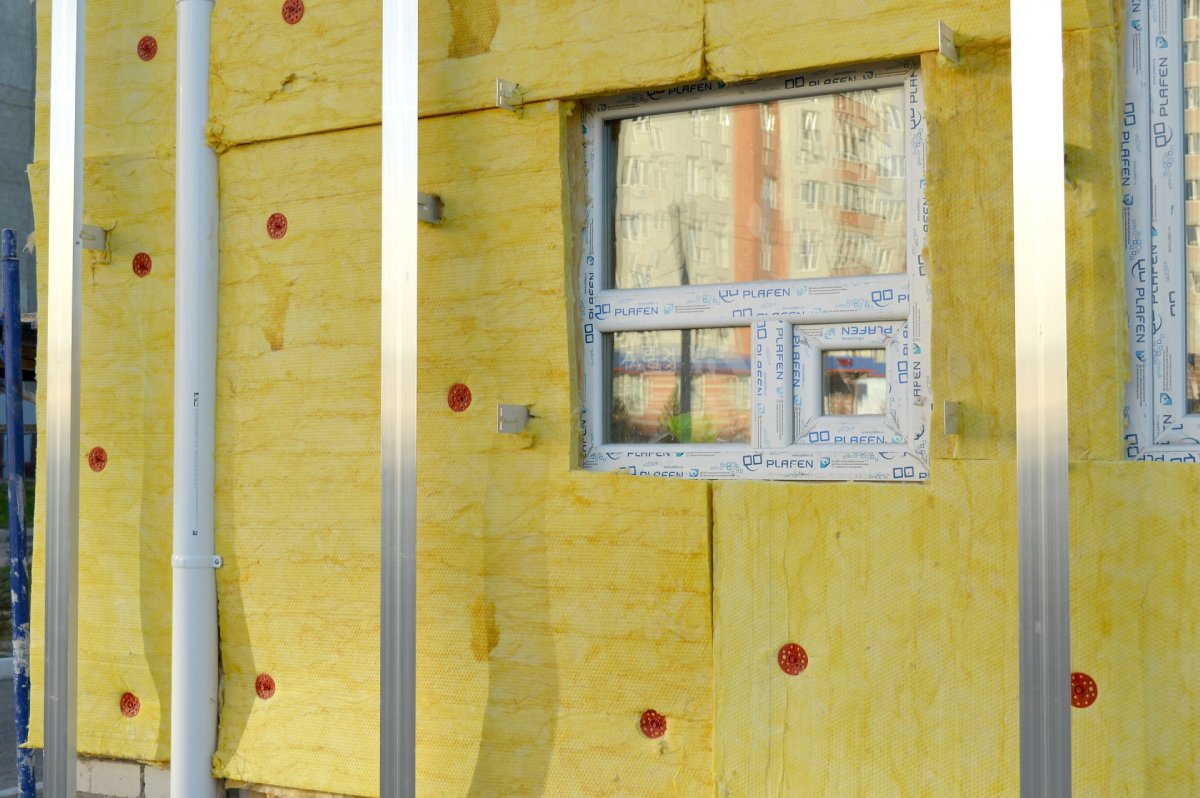
Federal Tax Credits
One of the most significant incentives for investing in energy-efficient windows and insulation comes from federal tax credits. The U.S. federal government often provides tax credits for homeowners who invest in qualifying energy-efficient products, including specific types of insulation and energy-efficient windows. These credits can offset a percentage of the cost, making the upfront expense more manageable. Be sure to check the latest information from the IRS or the Department of Energy’s Energy Star program for eligibility and application procedures.
State and Local Programs
In addition to federal initiatives, many state and local governments offer incentive programs. These programs may include grants, loans, rebates, or tax incentives for homeowners who install energy-efficient windows or insulation. To find out what programs are available in your area, check with your state or local energy office or visit the Database of State Incentives for Renewables and Efficiency (DSIRE).
Utility Company Incentives
Last but not least, pay attention to your utility company as a potential source of financial help. Many utility companies offer rebates, discounts, or free energy audits to encourage their customers to make energy-saving improvements. These incentives can significantly reduce out-of-pocket costs and can often be combined with local and federal programs.
Remember, taking advantage of these incentives helps you financially and contributes to broader sustainability efforts. By upgrading to energy-efficient windows and insulation, you can lower your utility bills, increase your comfort, and reduce your carbon footprint, all while tapping into significant savings. This win-win scenario is one reason why more and more homeowners are making energy efficiency a top priority.
Energy-Efficient Windows and Insulation: A Case Study
In theory, it’s easy to talk about the benefits of energy-efficient windows and insulation, but how do these improvements play out in real life? In this section, we’ll walk through a case study showcasing a real-world example of energy savings, share lessons learned, and provide advice for approaching your energy efficiency project.
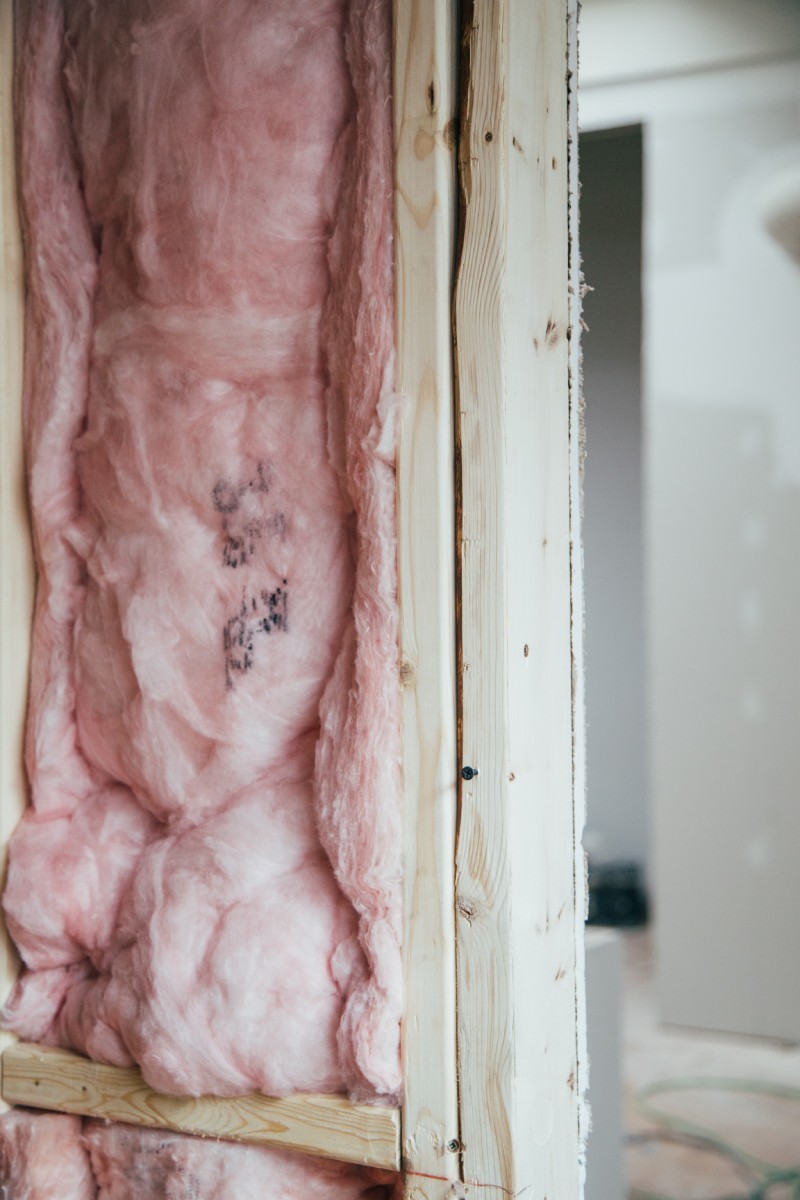
A Real-World Example of Energy Savings
Let’s consider the Smith family, living in a traditional two-story home built in the 1980s in the Midwest. As part of their home renovation, they decided to replace all their single-pane windows with double-pane energy-efficient windows and added extra insulation to their attic. Post-installation, they noticed an immediate decrease in drafts and reported a more comfortable and consistent indoor temperature. The Smiths shared that their energy bills have decreased by approximately 30% per month, especially during peak heating and cooling seasons. Over a year, these savings increased significantly, validating their decision to invest in energy-efficient upgrades.
Lessons Learned
From their experience, the Smiths noted a few key takeaways: They confirmed the importance of working with knowledgeable and professional contractors who understood the unique needs of their homes and climate. They realized the value of investing in quality materials to ensure long-lasting energy savings and comfort. They underscored the importance of planning and budgeting for such a project, considering the upfront costs and the long-term savings and benefits.
How to Approach Your Energy Efficiency Project
If you’re considering a similar upgrade to your home, there are several steps you can take: Conduct a home energy audit. This can help you identify your home’s energy weaknesses and the most effective ways to address them. Research what types of windows and insulation are best for your home’s specific needs and local climate. Consider the costs and potential savings. Remember to factor in available incentives and tax credits. Choose a reputable contractor who specializes in energy-efficient upgrades.
Energy-efficient windows and insulation are substantial investments that can bring significant rewards. The Smith family’s case study proves that with thorough planning, wise choices, and patience, you can achieve remarkable energy savings and improved comfort in your home.
Conclusion
As we reach the end of our journey into energy-efficient windows and insulation, it’s crucial to remember why we embarked on this exploration in the first place. Energy efficiency is no longer an option - it’s necessary for our comfort, financial well-being, and the planet’s welfare. In this concluding section, we’ll revisit the key benefits of energy-efficient windows and insulation, underscore the importance of considering energy efficiency in-home upgrades, and encourage you to take action.
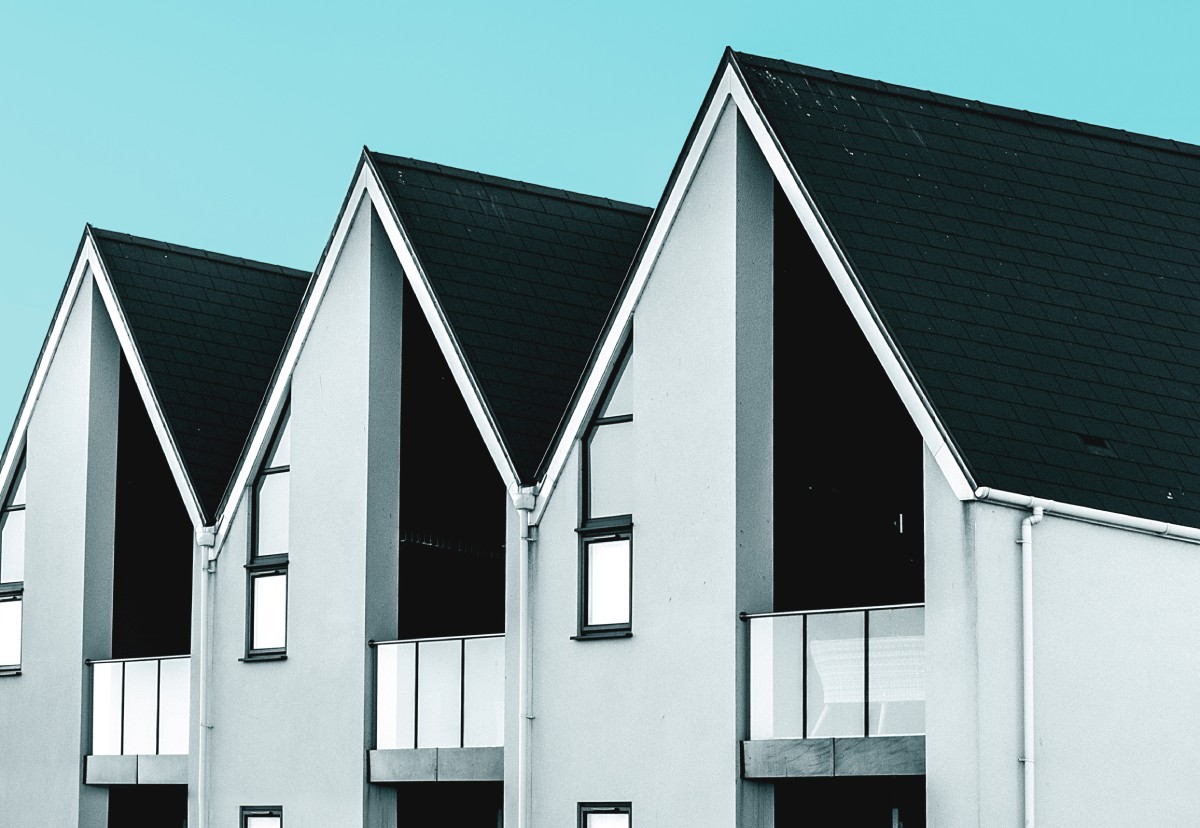
Recap of the Benefits of Energy-Efficient Windows and Insulation
Throughout this discussion, we’ve highlighted several compelling reasons to consider energy-efficient windows and insulation for your home. These upgrades can substantially save energy bills, enhance comfort, and reduce noise. Moreover, they are environmentally friendly, helping reduce your carbon footprint and protect our planet for future generations. A home with energy-efficient features can appeal more to the real estate market.
The Importance of Considering Energy Efficiency in Home Upgrades
When planning any home renovation or upgrade, it’s vital to incorporate energy efficiency considerations. As we’ve discussed, the benefits extend beyond mere cost savings. Energy-efficient upgrades can significantly improve the quality of your life at home. They also contribute to broader efforts to mitigate climate change, allowing you to make a difference in this global challenge.
Encouraging Readers to Explore Their Options
Finally, we want to leave you with a call to action. Start exploring your options for energy-efficient upgrades in your home. Many resources are available, including incentives and programs that make these projects more affordable. As our case study showed, the benefits are real and tangible. Energy efficiency isn’t just a buzzword—it’s a practical and effective approach to enhancing your living space and doing your part for the environment.
Let this be the starting point of your journey toward a more energy-efficient home. Explore, plan, and take action. Your future self, your wallet, and our planet will thank you.

